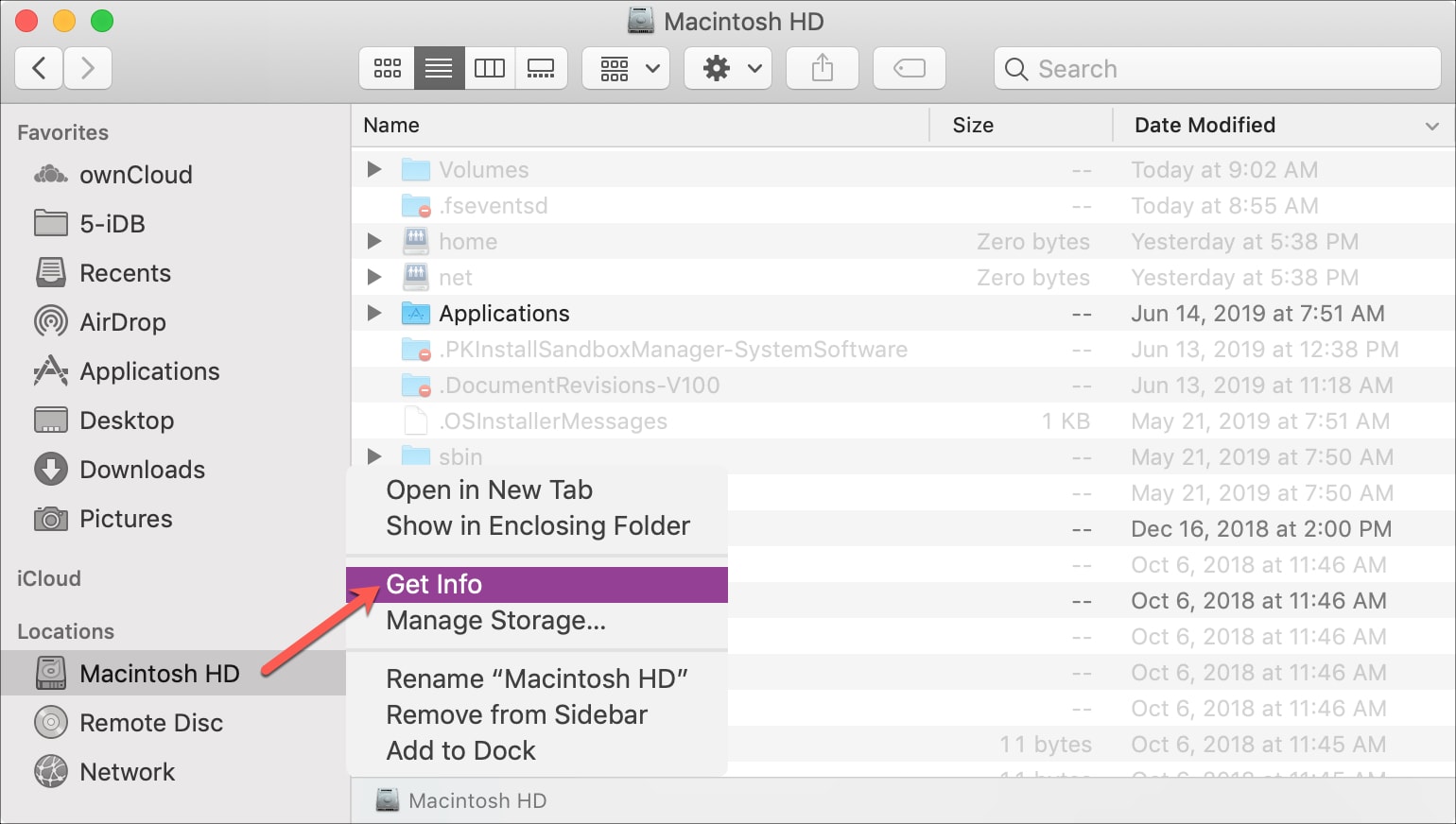
AutoSave is a different feature which automatically saves your file as you work - just like if you save the file manually - so that you don't have to worry about saving on the go. On the Mac, AutoSave is available in Excel, Word, and PowerPoint for Microsoft 365 for Mac subscribers. When AutoSave is turned on AutoRecover files are rarely needed. Microsoft Excel for Mac is a widely used spreadsheet program that is part of the Microsoft Office suite. It allows you to organize, analyze, manipulate, and visualize data. Excel provides workbooks that are divided by tabbed worksheets that can be edited independently.
File Info For Mac Shortcut
System Information User Guide
When you open System Information, you see a system report containing detailed information about your Mac, including:
The hardware that is installed on or connected to it.
Your computer's network connections, including the active services, its Internet Protocol (IP) addresses, and the type and speed of the network connections.
Your computer's software, including the operating system, apps, and kernel extensions. (You can see the versions, modification dates, and locations of each software item.)
To open System Information and display the system report, click the Launchpad icon in the Dock, click Other, then click System Information.
View a system report
In the System Information app on your Mac, do one of the following:
See a longer report: Choose File > Show More Information. The report could be a few megabytes.
See a shorter report: Choose File > Show Less Information. The report includes most of the hardware and network information, but leaves out most of the software information.
Print, save, or send a system report
In the System Information app on your Mac, do any of the following:
Print a system report: Choose File > Print.
Save a system report: Choose File > Save, then enter a name and choose a destination for the report.
Send a system report to Apple: Choose File > Send to Apple. If you call Apple Support, you can assist the support technician by providing a copy of your system configuration.

View system information in About This Mac
AutoSave is a different feature which automatically saves your file as you work - just like if you save the file manually - so that you don't have to worry about saving on the go. On the Mac, AutoSave is available in Excel, Word, and PowerPoint for Microsoft 365 for Mac subscribers. When AutoSave is turned on AutoRecover files are rarely needed. Microsoft Excel for Mac is a widely used spreadsheet program that is part of the Microsoft Office suite. It allows you to organize, analyze, manipulate, and visualize data. Excel provides workbooks that are divided by tabbed worksheets that can be edited independently.
File Info For Mac Shortcut
System Information User Guide
When you open System Information, you see a system report containing detailed information about your Mac, including:
The hardware that is installed on or connected to it.
Your computer's network connections, including the active services, its Internet Protocol (IP) addresses, and the type and speed of the network connections.
Your computer's software, including the operating system, apps, and kernel extensions. (You can see the versions, modification dates, and locations of each software item.)
To open System Information and display the system report, click the Launchpad icon in the Dock, click Other, then click System Information.
View a system report
In the System Information app on your Mac, do one of the following:
See a longer report: Choose File > Show More Information. The report could be a few megabytes.
See a shorter report: Choose File > Show Less Information. The report includes most of the hardware and network information, but leaves out most of the software information.
Print, save, or send a system report
In the System Information app on your Mac, do any of the following:
Print a system report: Choose File > Print.
Save a system report: Choose File > Save, then enter a name and choose a destination for the report.
Send a system report to Apple: Choose File > Send to Apple. If you call Apple Support, you can assist the support technician by providing a copy of your system configuration.
View system information in About This Mac
File Info For Mac Mojave
You can view information about your Mac, including the model name, the macOS version you're using, and more.
In the System Information app on your Mac, choose Window > About This Mac, and then click any of the following.
Overview: View the specification information about your Mac.
Displays: Get information about displays connected to your Mac.
Storage: View how much of your storage device is being used and the types of information stored. See available storage space.
Memory: View the amount of memory installed on your Mac and how many memory slots you have available for a memory upgrade. Depending on the model of your Mac, you may not have a memory pane.
Support: Get access to support resources for macOS software and Mac hardware.
Service: Check the service, support, and repair options for your Mac.
File Info App For Mac
Use Activity Monitor to get information about your computer's memory.
See View memory usage.
